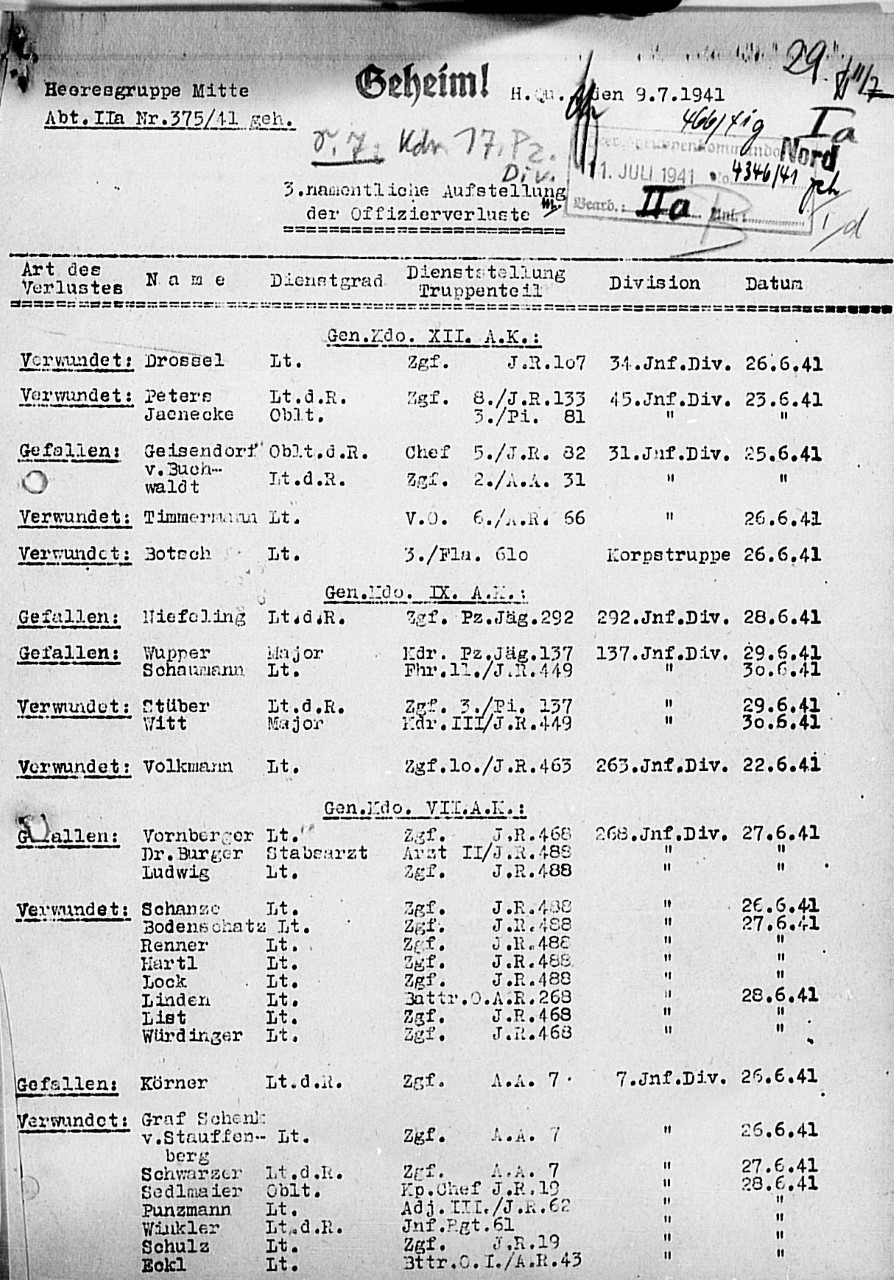
WWII Operation Barbarossa By Numbers
OPMAPS

Operational Mapping and Analytics ( OPMAPS) is a multidisciplinary project at Purdue to digitize historical and contemporary military maps and to create new methods of statistical analysis. The interactive opmaps facilitate interpreting military operations retrospectively and prospectively. The OPMAPS analytic tools identify main flows of movement, points of most likely attack, or most likely points for a breakthrough while highlighting the logic of battle, the missed opportunities and the degree to which a battle was won by sheer force or by its skillful use. Chiefly using primary source materials, OPMAPS makes highly detailed editable, manipulable and query-able animated maps to assist civilian and military teachers and scholars convey this complex subject matter.
The project is the product of a close collaboration between FORCES Founder Sorin Adam Matei, PhD, an expert in spatial social statistics and Robert Kirchubel, PhD, a widely published author of World War II operational military histories.
To learn more about OPMAPS, contact Kirchubel at rkirchub@purdue.edu or Sorin Adam Matei at smatei@purdue.edu.
Video of an OPMAP animated maps: the battle of Somlensk, July-August 1941. Fully interactive versions will be available soon.
Sometimes research on one project leads to discovery of new data that sparks research into unexpected places.
A treasure trove of archival data
In 2019, while conducting research for OPMAPS at the U.S. National Archives, FORCES Operations Officer and Outreach Director Rob Kirchubel encountered a gold mine of primary source data. Now, FORCES staff are analyzing German officer losses during Operation Barbarossa. Thirteen periodic personnel reports by Army Group Center, spanning June 22-Sept. 10, 1941 list officer casualties: those killed in action or accidentally, those wounded and those missing. These deaths were listed by 10 criteria, including the officer's name, rank, title, position, unit and date.
Current methods
Kirchubel and Research Assistant Andrew Ephlin are currently entering the data, digitizing nearly 250 pages of text covering more than 5,000 individuals. Once this essential step is complete, analysis and writing will begin. By comparing our new 50,000 data points to the various stages of the campaign, we expect to come up with some fantastic data correlation. Already at these early stages of the project, Kirchubel can see trends:
- tremendous losses among lieutenants, especially in the infantry (no surprise in either);
- high casualties in one division during an engagement but very few to its neighbor;
- some days where a single company lost its commander and two of three platoon leaders;
- high numbers of physicians, dentists, pay officers among the victims.
An early, cursory look at these data are eye opening, and FORCES is excited to be engaged in this research project. It should be worth the time and effort!
Link to assassination attempt revealed
The item seventh from the bottom of the page reports the wounding of Lieutenant Alexander Schenk Graf von Stauffenberg on June 26, while serving as a platoon leader in the Reconnaissance Battalion of the 7th Infantry Division. Fast forward 35 months: Alexander's older brother Claus attempts to assassinate Adolf Hitler with a bomb, is apprehended, and is executed.
Alexander’s wounds, suffered east of Bialystok, were serious enough to result in his discharge from the army. He returned to his civilian career as university professor of ancient history.
